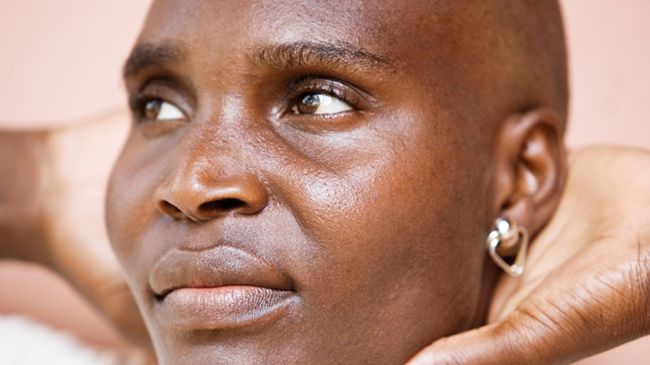
With different forms of hair loss for women, it is extremely difficult to self diagnose and requires professional consultation. Once diagnosed, treatment is available and understanding the potential outcomes is necessary. Dermnet, a resource for conditions of the skin helps provide understanding, says that “the aim is to slow or stop the progression of hair loss rather than to promote hair regrowth. However, some women do experience hair regrowth with treatment. Results are variable and it is not possible to predict who may or may not benefit from treatment.”
After considering all options, many people are left with hair transplantation.
Let’s Dive in!
“Hair transplantation involves removing small pieces of hair bearing scalp grafts from a donor site and relocating them to a bald or thinning area,” according to the American Society of Plastic Surgeons. Essentially your own hair follicle is relocated from one section of your body to another. The exact procedure can differ from surgeon to surgeon but the fundamentals are virtually the same. The hair follicles are transplanted to the desired area in an aesthetically pleasing placement. A specific strip of scalp will be extracted and then prepared for transplant. Tiny incisions are made along the hairline or desired area for implantation and each hair with the follicle will be planted into the incision.
Recovery and Maintenance
This is a procedure that can take several hours and requires mediation to alleviate the recovery pain. A surgical dressing will be applied for several days and a scalp scab will form as the wounds heal. Within three weeks your scab and hair will “fall off” and new hair will sprout. Careful instructions will be given by your physical such as sleeping an elevated 45-degree angle and cleansing and dressing the wound. Your hair will continue to grow and will require the same measure of care as before. It is important to know that you might not have the density of that you originally had, as you will have enhanced fullness.
The question is, is it worth it?
Destiny Godley, beauty blogger and YouTube guru, has shared her personal journey of hair transplantation. In detail she thoroughly explained the procedure with her followers. Dr. John Diep, who is a hair restoration specialist with a unique experience with African American hair restoration, did her 3,000 transplant. Her 3000-graph procedure is one she will never forget nor regret. Although she has shared so much, she wants to communicate this to the natural hair community: “I wish I had done it sooner and it’s definitely a worthy procedure. It is something that has definitely helped me grow as a person and a natural. Yes, it continuously grows as long as you maintain it. But it can be still get damaged. A lot of people think its now invincible but it’s the same hair that I have growing from my scalp.”
So with new technology and our new love for hair, restoring your once full hairline is possible. If all else has failed, then this is one option that will always be available. Attend a visit with a trusted certified trichologist or dermatologist for an accurate diagnosis of your hair thinning and visit a hair restoration specialist to see if you are an ideal candidate for a the transplant procedure.
